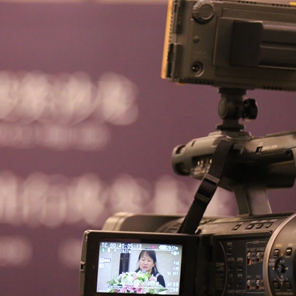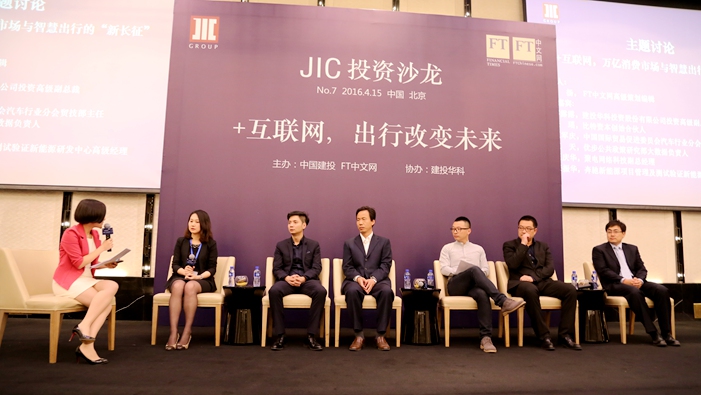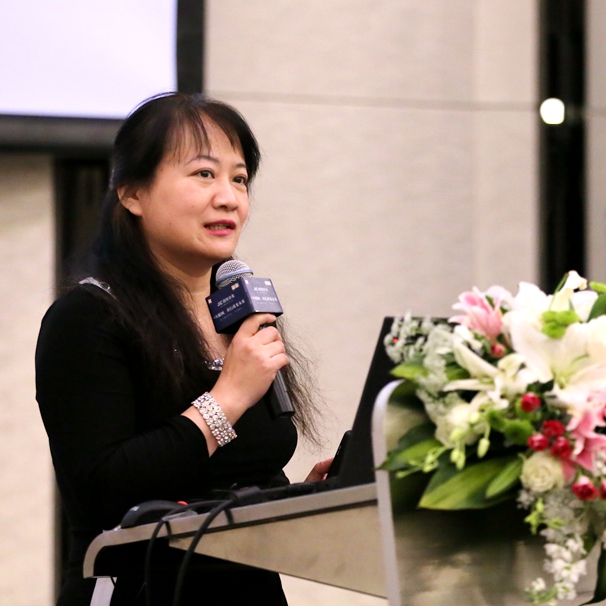Wu Shuo(VP & Executive Director of JIC Technology Investment) 2016.4
2015 was considered China's “first year of the start-ups”, and it was also an unusually active year in China's primary market. Just as enthusiasm for mass entrepreneurship and innovation was reaching fever pitch, many internet businesses collapsed and fell by the wayside. These projects shared some commonalities: using money to entice users, with the modus operandi being burning through cash to subsidize users so as to win them over; O2O businesses focusing exclusively on online operations with a lack of control over offline resources.
When speaking of the impact of internet technologies, many would resort to using the term "disruptive". However, as entrepreneurs and investors become increasingly rational, they find that the impact internet technologies have brought to traditional industries is less of a disruptive nature, but more an integration of the online and offline world and that of traditional industries and emerging technologies.
The main driving force behind the rapid growth of the intelligent transportation market emerged out of the urgency to tackle urban congestion, the increasing maturity of emerging technologies and the national policy support. From an investment point of view, the industry is filled with opportunities. Within its subdivisions, such innovative business models as car rental, online ride-booking and timeshare car rentals will undoubtedly become magnets for capital. There is then the question of how to secure the best investment targets in an overall upwardly-trending market.
We came up with the following four investment formulas: first, some people are willing to pay for efficiency improvement, if start-ups want to achieve profitability, then they must locate target groups both willing and able to pay for efficiency improvement; second, linking with supply chain financing - supply chain financing utilizes big data to establish a risk control system, thereby greatly reducing investment risks; third, increase in new-energy vehicle penetration levels - only business models that are truly accepted by consumers will enjoy greater development potential, such as new-energy vehicle timeshare rentals and charging facility operators; fourth, consumption upgrading in the area of transportation - there exists still many investment opportunities in addition to the existing online ride-booking platforms.






